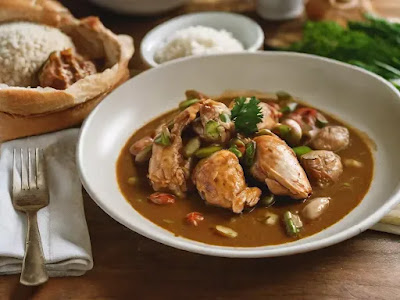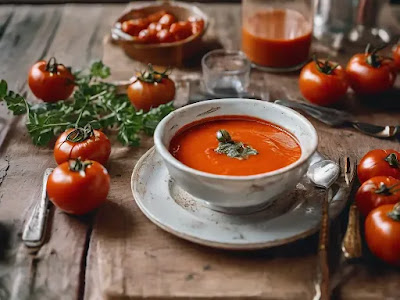Ikan Kuah Lada (Fish in Pepper Soup)
Ikan Kuah Lada or Fish in Pepper Soup, is a tantalizing dish that holds a special place in the rich Peranakan cuisine. This beloved dish showcases the unique fusion of Malay and Chinese influences that define Peranakan cooking. Imagine succulent pieces of fish, simmered to perfection in a fragrant and fiery broth infused with the robust flavors of black and white pepper.
The soup itself is a symphony of flavors, with a harmonious blend of spices, herbs, and aromatics. The addition of ingredients like ginger, garlic, and shallots enhances the depth of the broth, while hints of tamarind and lemongrass bring a delightful tanginess and fragrance. The star of the dish, the fish, soaks up the flavors of the soup, resulting in tender, flavorful bites that meld beautifully with the aromatic broth.
A variety of fish can be used to create this delectable dish. Traditionally, firm-fleshed fish like Snapper, Barramundi, or Grouper are commonly used due to their ability to hold up well in the flavorful soup. These types of fish have a mild flavor that pairs beautifully with the boldness of the pepper-infused broth. However, you can also explore using other fish varieties such as Mackerel, Tilapia, or even Catfish, depending on your personal preference and availability. The key is to choose a fish that can withstand the cooking process while absorbing the flavors of the rich and aromatic pepper soup. So, let your culinary creativity guide you in selecting the perfect fish for your hearty bowl of Ikan Kuah Lada.
Ikan Kuah Lada is a comforting and hearty dish that warms both the body and the soul. It is often enjoyed with steamed rice or served alongside other Peranakan delicacies, such as Nyonya Chap Chye (mixed vegetable stew) or Ayam Pongteh (braised chicken in fermented bean sauce). This dish exemplifies the unique blend of cultures and flavors that define Peranakan cuisine, making it a true delight for food enthusiasts seeking a taste of Sundaland's culinary heritage.
The soup itself is a symphony of flavors, with a harmonious blend of spices, herbs, and aromatics. The addition of ingredients like ginger, garlic, and shallots enhances the depth of the broth, while hints of tamarind and lemongrass bring a delightful tanginess and fragrance. The star of the dish, the fish, soaks up the flavors of the soup, resulting in tender, flavorful bites that meld beautifully with the aromatic broth.
Ikan Kuah Lada is a comforting and hearty dish that warms both the body and the soul. It is often enjoyed with steamed rice or served alongside other Peranakan delicacies, such as Nyonya Chap Chye (mixed vegetable stew) or Ayam Pongteh (braised chicken in fermented bean sauce). This dish exemplifies the unique blend of cultures and flavors that define Peranakan cuisine, making it a true delight for food enthusiasts seeking a taste of Sundaland's culinary heritage.
Indulge in the comforting and robust flavors of Ikan Kuah Lada, as you dive into the culinary world of Peranakan cuisine. Let the aroma of the soup fill your kitchen, and relish each spoonful of this classic dish that beautifully combines the influences of Malay and Chinese cooking. Selamat makan! (Enjoy your meal!)
 Heidy P
Heidy P.webp)





Comments
Post a Comment
What do you think? Any questions? Please drop a comment of what you thought!